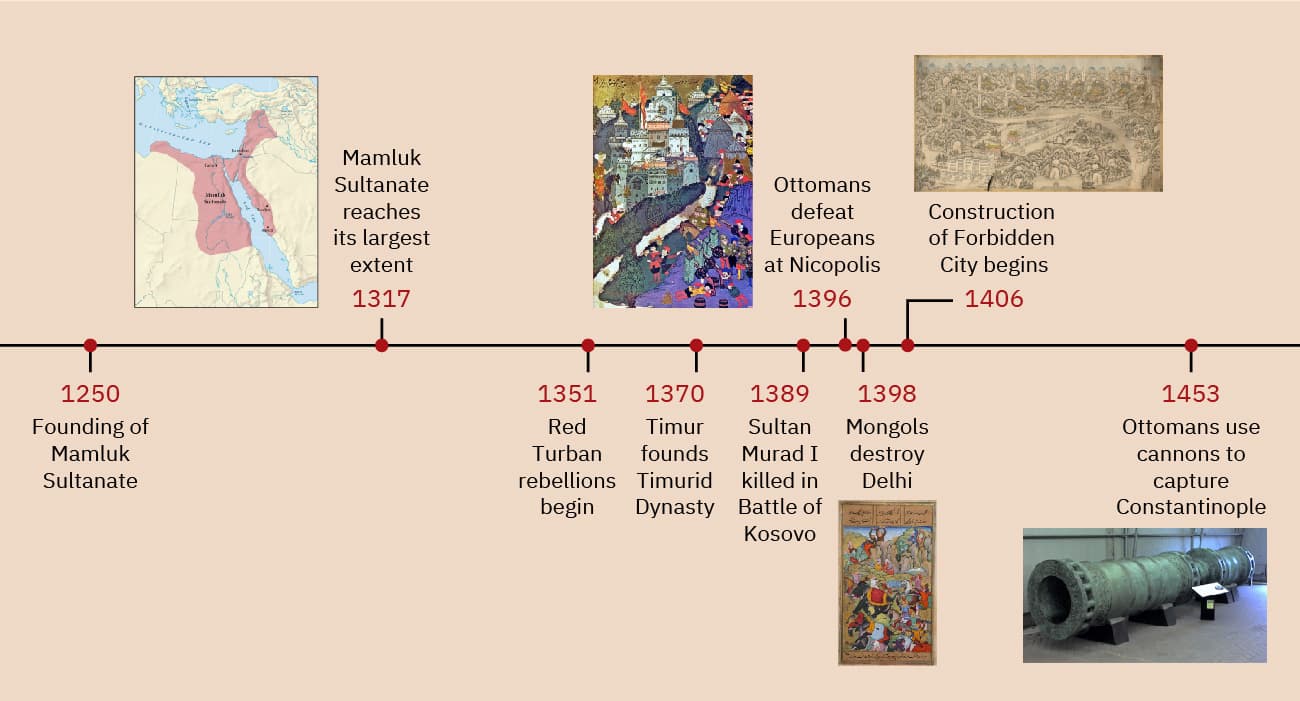Figure 17.1 The Suleymaniye Mosque in Istanbul, depicted here in an Ottoman miniature, structurally resembles the Greek Orthodox church Hagia Sophia in the same city. Its dome is intentionally higher however, in an effort to surpass the achievement of the Byzantine emperor Justinian who had it constructed and proclaimed that by erecting Hagia Sophia, he had outdone the Israelite king Solomon’s construction of the temple to the one God in Jerusalem. (credit: modification of work “The carrying-in of a model of Süleymaniye Mosque (Detail from Surname-i Hümayun)” by Nakkaş Osman/Wikimedia Commons, Public Domain)
The Ottomans rose to prominence at the end of what historians call the Middle Ages and the beginning of the early modern period, arriving on the scene in the thirteenth century. In defeating the Byzantine Empire, the last remnant of ancient Rome, the Ottoman Empire became a gatekeeper between East and West, occupying a central position politically, economically, and culturally in Eurasia. The meeting of the two worlds is represented in the architecture of Istanbul’s Suleymaniye Mosque, which combines Islamic architectural elements such as minarets with a large central dome popularized in ancient Mediterranean temples and churches such as the Hagia Sophia in the same city (Figure 17.1). Hagia Sophia itself was transformed into a mosque by Mehmed the Conqueror when the city fell to Ottoman forces in 1453.

Figure 17.2 (credit "1317": Copyright Rice University, OpenStax, under CC BY 4.0 license; credit: “1396”: modification of work “Battle of Nicopolis, 1396” by Géza Fehér/Wikimedia Commons, Public Domain; credit “1398”: modification of work “Timur defeats the sultan of Delhi” by Zafarnama of Sharaf Al-Din ’Ali Yazdi/Wikimedia Commons, Public Domain; credit “1406”: modification of work “Ming shi san ling tu” by Arthur W. Hummel/Library of Congress, Geography and Map Division, Public Domain; credit “1453”: modification of work “Dardanelles Gun Turkish Bronze 15c” by “The Land”/Wikimedia Commons, Public Domain)
Figure 17.3 (credit: modification of work “World map blank shorelines” by Maciej Jaros/Wikimedia Commons, Public Domain)